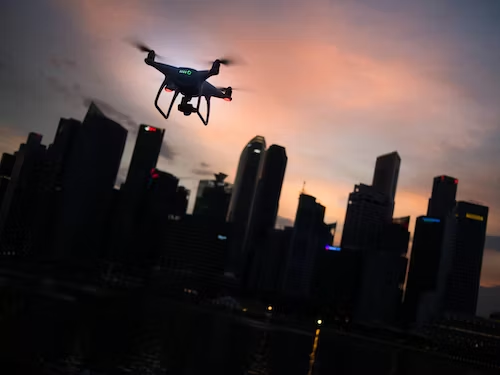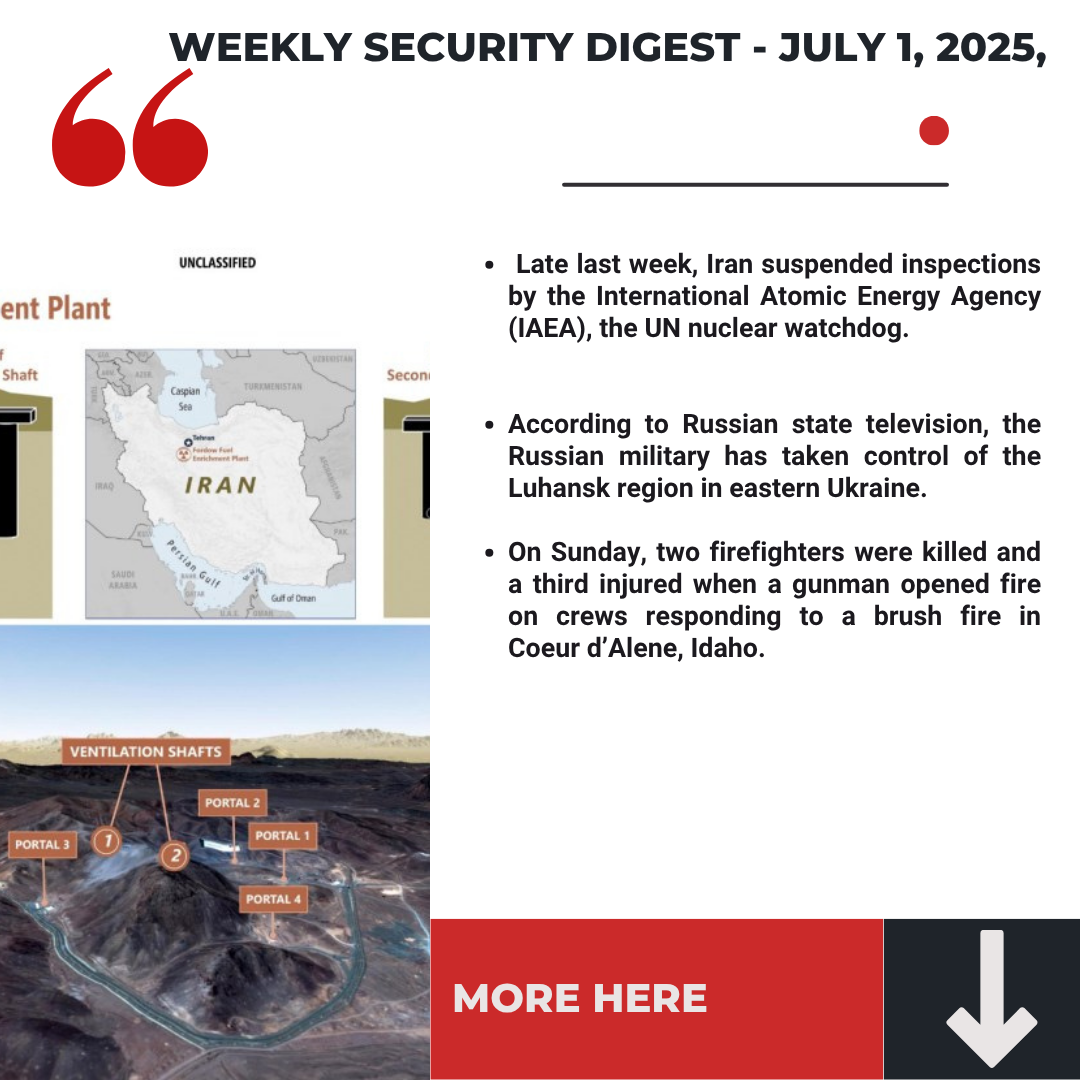From the invention of the wheel to the development of the internet, human history is marked by technological advancements. While these innovations have propelled us forward, they also come with the potential for misuse. Drones, once symbols of technological marvel and benign utility, are now at the forefront of this duality.
From the battlefields of Ukraine to conflict regions in the Middle East, drones are quickly taking on a bigger role in international warfare. In July, Russia reported that Ukraine launched a drone attack, shattering shop windows and damaging a roof near the Defense Ministry in Moscow. In another incident, a Ukrainian drone struck an ammunition depot in Russian-annexed Crimea. Utilizing AI-powered technology predominantly developed within the domestic drone market, these drone attacks empower Ukraine to effectively counter a better-equipped enemy.
Russia has also been using drones, particularly Iranian-made Shaheds. Preprogrammed with a target, these propeller-driven craft travel so low and slow that they are often mistaken for birds on radars. However, when released in groups, they can inflict major damage – including once reportedly shutting down Ukraine’s electrical grid.
A recent UN report revealed that the Libyan government used an AI-powered military drone, which it called “a lethal autonomous weapons system,” to attack rebel soldiers during a battle in the civil war last year. The weapons system of the Kargu-2 drone appeared to have been programmed to attack targets without connection to an operator, meaning the drone was able to seek out and destroy its targets without human operation.
These headlines taint the once-innocuous image of drones, often regarded as benign. Undoubtedly, drones offer a multitude of constructive applications. They aid farmers in cultivating crops, contribute to search and rescue missions, and are poised to revolutionize rapid package deliveries to our homes. However, as recent revelations have illuminated, drones also possess the potential to transform into lethal instruments of destruction. With manufacturing costs lower than those of missiles or conventional weaponry, and their deployability in burgeoning quantities, they are swiftly emerging as the preferred armament for militias, terror organizations, and criminal factions.
Drones are being used for a range of purposes, and are in development for more, including:
Intelligence and Surveillance: Intelligence capabilities, encompassing features such as nighttime infrared capacity, have garnered the attention of not only Jihadi terrorist factions but also, increasingly, Mexican drug cartels. The Islamic State adeptly employed drones to orchestrate synchronized actions with suicide bombers, effectively directing them towards designated objectives within Iraq and Syria. Furthermore, the criminal realm might witness the adoption of drones for surveillance purposes, patrolling densely inhabited locales to deter potential witnesses from reporting illicit activities.
Hacking: Drones have been employed for cyberattack purposes, ranging from infiltrating computer networks to overriding ubiquitous voice-activated home systems. While one might assume that hackers would prioritize targeting corporate entities and their technological infrastructure, they are equally inclined to breach individual households in pursuit of valuable data. Such compromised information spans a spectrum, encompassing everything from personal social security numbers to confidential credit card details.
Prison breaches: Within the United States, drones have been used to drop drugs and weapons into prison courtyards, precipitating a state of unprecedented turmoil within correctional facilities. The consequence of such actions is the potential arming of inmates, thereby exacerbating the already intricate challenges faced by prison administrators.
Drug Smuggling: In the future, drones may be used for smuggling drugs, weapons, and other illegal items into the U.S. This approach offers a strategic advantage, as it reduces the need for manpower to transport the illicit goods. Criminal entities are thus relieved of the necessity to navigate border checks in vehicles or entry through underground passages. It is likely happening already.
Carrying a Firearm: Although firearms have been integrated into drones, predominantly within the realms of commercial marketing and recreational endeavors, their deployment for malicious intent remains relatively unexplored. As of now, no terrorist group has ventured into the realm of affixing firearms to drones. Nevertheless, the trajectory suggests that such a development might emerge as a prospective trend in the future.
The Drone Swarm: Military experts have warned of the swarm phenomenon, which would use artificial intelligence to allow individual drones to behave autonomously while also functioning as a collective. A swarm is a large cluster of small flying machines no bigger than a tiny bird that would start out flying separately to hide them from radar, only to converge on a target at the last minute.
As in swarms of animals in natural settings, these swirls of drones could change course, speed, or altitude and could recover after losses without stopping. An MIT-designed swarm of 103 micro-drones with a wingspan less than a foot long was launched by the U.S. in 2016. The individual drones were so small and fast that a camera crew trying to film the experiment could not fully capture the footage on high-speed cameras.
A drone swarm consisting of many thousands of off-the-shelf drones would cost less than one F-35 fighter or a ballistic missile. So, it is critical that the development of drone warfare is taken seriously. Rogue states and terrorist groups certainly are.
As we stand at the crossroads of innovation and security, it’s imperative to strike a balance. The rapid evolution of drone technology underscores the need for robust regulatory frameworks and international cooperation. By understanding and anticipating the potential misuses, we can harness the benefits of drones while mitigating the risks they pose.
To find out more, please reach out to info@interforinternational.com





